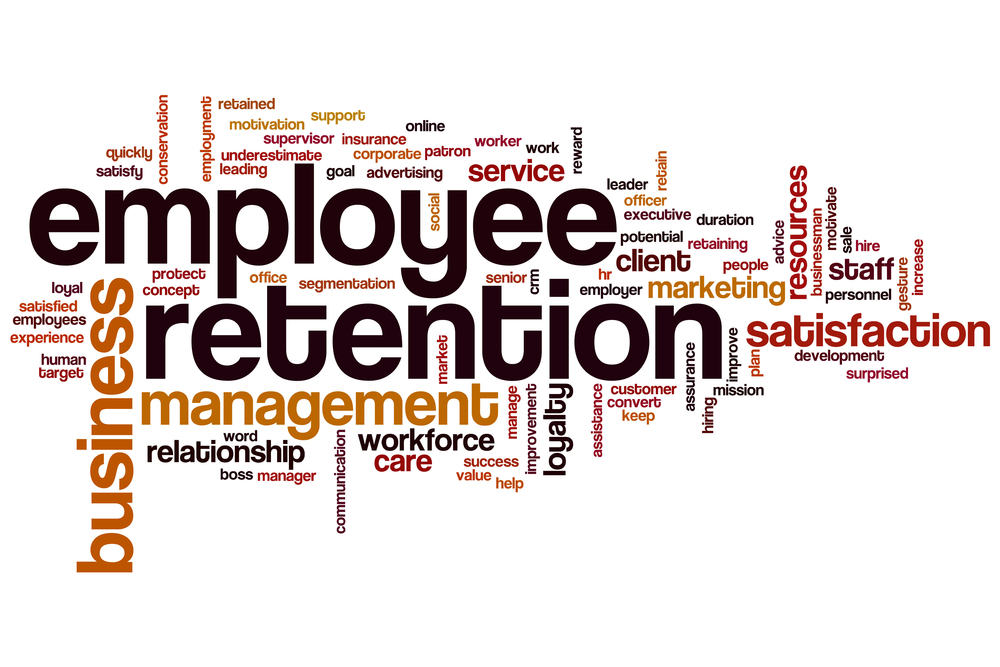
Retention is the lifeblood of any business. On the basis of customer retention, you may predict which of two competing companies in a given market would thrive and outlive the other one. Profitability, productivity and growth are all affected by retention.
How well an organization manages and keeps personnel is measured by its retention rate, or stability index, or retention ratio. This essay explains why employee retention is so important, and how you measure it, in detail.
- Definition of retention rate
- Why Is Retention of Customers So Important?
Definition of retention rate
Marketing and product management use the term “retention rate” to describe the percentage of customers who continue to purchase a product after a certain amount of time has passed. Subscription-based businesses, such as SaaS software providers, and businesses whose customers frequently purchase the same products, such as milk and coffee brands, rely on this success metric heavily.
For businesses that sell products to customers only once over an extended period of time, such as automobile and refrigerator manufacturers, the retention rate is less relevant. Suppose, however, that these businesses also offer services like warranties or maintenance contracts to support their products. When it comes to these add-on sales, the retention rate can serve as an important metric for gauging their success.
Why Is Customer Retention So Important?
Retention of customers is widely considered to be a company’s best barometer of success. There are many reasons for this.
1. It results in enormous profits
More than 25 percent profit growth can be achieved by increasing customer retention by 5 percent, according to Bain and Company research. Long-term customers are more likely to have confidence in and regard for your brand because of this. As a result, you can count on them to buy more of your products in the future.
2. It tells you whether or not your product is still meeting the needs of your customers
There may be a short-term increase in sales and revenue when expensive marketing, advertising, and sales campaigns are implemented in support of the launch of a brand new product. However, unless customers continue to use the product, the company won’t know if it still provides value. Customers who stick around for long periods of time are good indicators of how well a product addresses their needs and provides value to their target personas.
3. New customers are much more expensive to acquire
Existing customers don’t necessitate expensive marketing and advertising campaigns in order to keep them on board. To meet their needs, they need a product that will help them grow their businesses. Or improve their personal circumstances in some way. A new customer can cost a company five times as much as retaining an existing one, according to research cited in a Forbes article.